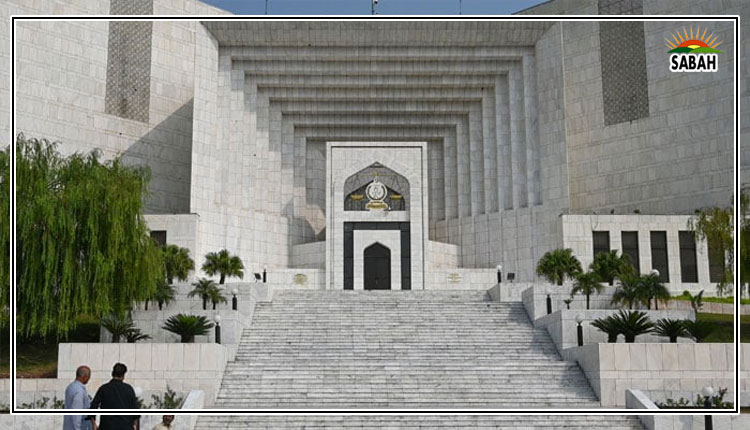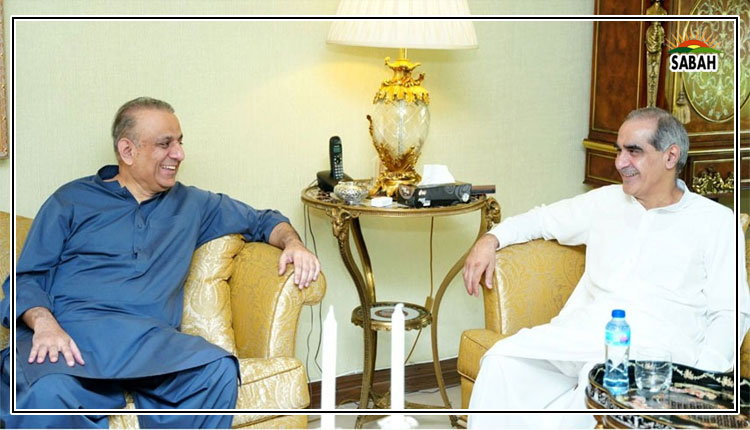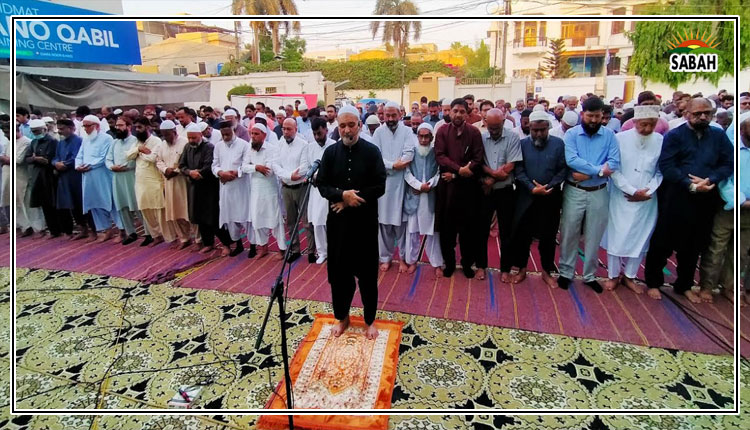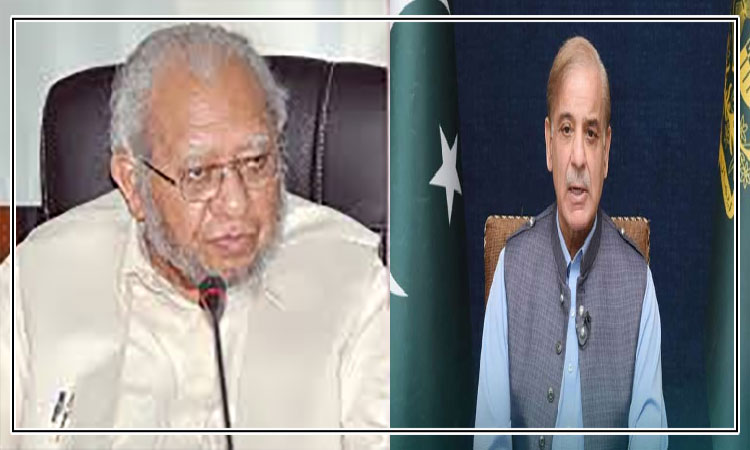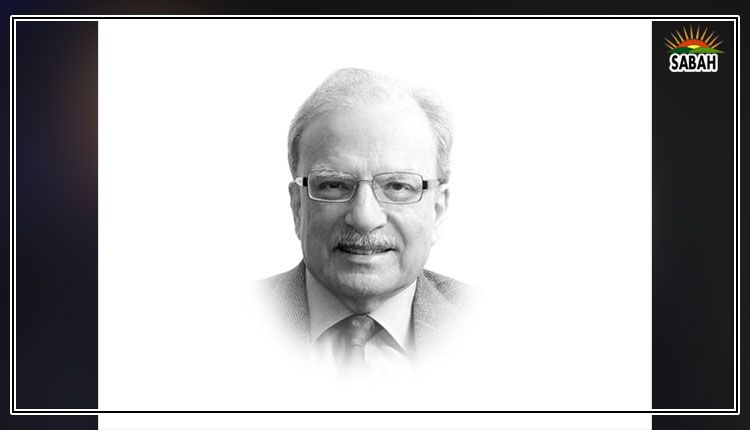Middle East edging towards sustainable peace… Shahid Javed Burki
Recent events in the Middle East may mean that the region, after years of conflict, could be heading towards sustainable peace. This has become possible because of the conclusions reached by the region’s two major powers, Iran and Israel. The Jewish state agreed to cease operations aimed at destroying the capability of the Iran-aided militia to inflict pain and damage on its side of the border with Lebanon. Israel’s response to the October 7, 2023 attack on its territory was a vicious campaign against what it maintained were Hamas strongholds in the narrow Gaza Strip. Tens of thousands of people were killed by the Israeli operations, most of them women and children. The International Criminal Court issued arrest warrants against Prime Minister Benjamin Netanyahu and his defense minister for the crimes committed in Gaza by their military.
In September 2023, Tur Wennesland, the top United Nations envoy for the Middle East peace process, left a meeting with Hamas leaders in Gaza thinking that he had helped avert a major escalation of the conflict between the Israelis and the Palestinian militia. But, according to Patrick Kingsley reporting for The New York Times, “Hamas had bluffed Mr. Wennesland along with the senior Israeli leadership and much of the international community. Days later, on October 7, 2023, the groups fighters entered Israel, setting off the deadliest year in history of the Israeli-Palestinian conflict.”
The assault on Israel was carried out by Hamas, one of several Iran-assisted militia in the region of Middle East. The Israelis decided to go after the militias that were planning to attack the Jewish state. A series of operations were carried out by Israel to reduce the capability of Hezbollah to function as the most potent part of what Tehran called the “axis of resistance”. Israel’s operations established its technological capacity along with its military power. Using its intelligence to locate Hasan Nasrallah, the Lebanon-based head of Hezbollah, Israel fired a missile from a war plane that killed the leader. Earlier, the Israeli intelligence had managed to place small explosive devices used by the militia personnel as pagers and mobile phones. These were used by Hezbollah fighters to communicate with one another.
Thus weakened, the militia was ready to conclude a peace agreement with Israel with the approval of Iran. The agreement was signed on November 27, 2024. A day before, Benjamin Netanyahu, the Israeli Prime Minister, boasted in a triumphal statement that his country had killed thousands of Hezbollah fighters and “pushed them decades back” and in assassinating Nasrallah “it had eliminated the axis of the axis”. Under the terms of the agreement which was brokered by the United States and France, Israel has 60 days to withdraw its military from Lebanon, while Hezbollah is to pull back to the area north of the Liyani River, leaving a buffer in southern Lebanon between Hezbollah and Israel’s northern border. The Lebanese Army, which is not a party to the conflict, is expected to oversee and enforce security there.
The Israeli withdrawal is expected to happen in phases. The phased withdrawal is expected to happen over a period lasting 60 days. The details are to be negotiated with the Lebanese Army and overseen by an international committee headed by the United States.
But as is the case in the Middle East, anticipated events may turn on their head and the region may not proceed along the route planned by those who are involved. The big question remains: how will Iran and Israel deal with one another? About a month ago, Israel sent more than 100 jets and drones to strike Iranian military bases. This was Israel’s response to Iran’s launching of over 180 ballistic missiles – most of which were shot down on October 1. Tehran was avenging the killings of two top Hezbollah and Hamas leaders.
These tit for tat reactions by Tehran and Jerusalem put on alert nations around the globe for a broader regional war that would engulf most countries of the Middle East. General Hossein Salami, commander in chief of Iran’s Islamic Revolutionary Guard, said that his country had decided to create “a new equation in dealing with the developing situation”. Initially the conflict was carried out by both Israel and Iran solely with deep precision missile strikes, mainly targeting military bases in each other’s country. However, there were fears that this exchange of fire could spread to more sensitive areas such as Iran’s nuclear facilities.
The initial claims of infractions by both sides to the agreement are indication of the fragility of the deal and difficulty of enforcing it under international law more broadly. This was the assessment of Jennifer Kavanaugh, a senior fellow and director of military analysis at Defense Priorities, a foreign policy institute based in Washington. She said she expected violations and failures but was not entirely pessimistic, because all sides “have incentives to make it work”.
The question now is whether the peace agreement signed by Israel and Hezbollah would survive and bring peace to at least one part of the troubled Middle East. Despite the agreement, Hezbollah and Israel have continued to fire on each other. On December 2, Hezbollah said that it fired munitions into a border area known as Shebaa Farms in response to a series of Israeli ceasefire violations, including airstrikes and artillery fire. Both Israel and Lebanon claim Shebaa Farms as their property.
“I have been around Lebanon cease-fire agreements for decades, and there is no cease-fired agreement that wasn’t initially broken,” said Aaron Miller, a senior fellow at the Carnegie Endowment and a former State Department Middle East analyst and negotiator. The real question, he said, was whether the parties have the will to absorb violations and exercise restraint while they get through the initial 60-day phase.
There are serious doubts among the residents of the villages that border Lebanon that the peace deal between Israel and Lebanon would be the opportunity to get back to the residences they had abandoned after the exchange of fire between the Israeli forces and Hezbollah. According to Anat Paled, writing for The Wall Street Journal, “several mayors of cities in northern Israel have voiced opposition to the cease-fire deal, arguing that Hezbollah, a close ally of Iran, should have been pushed back to protect their residents before a truce was agreed.”
COURTESY ![]()


